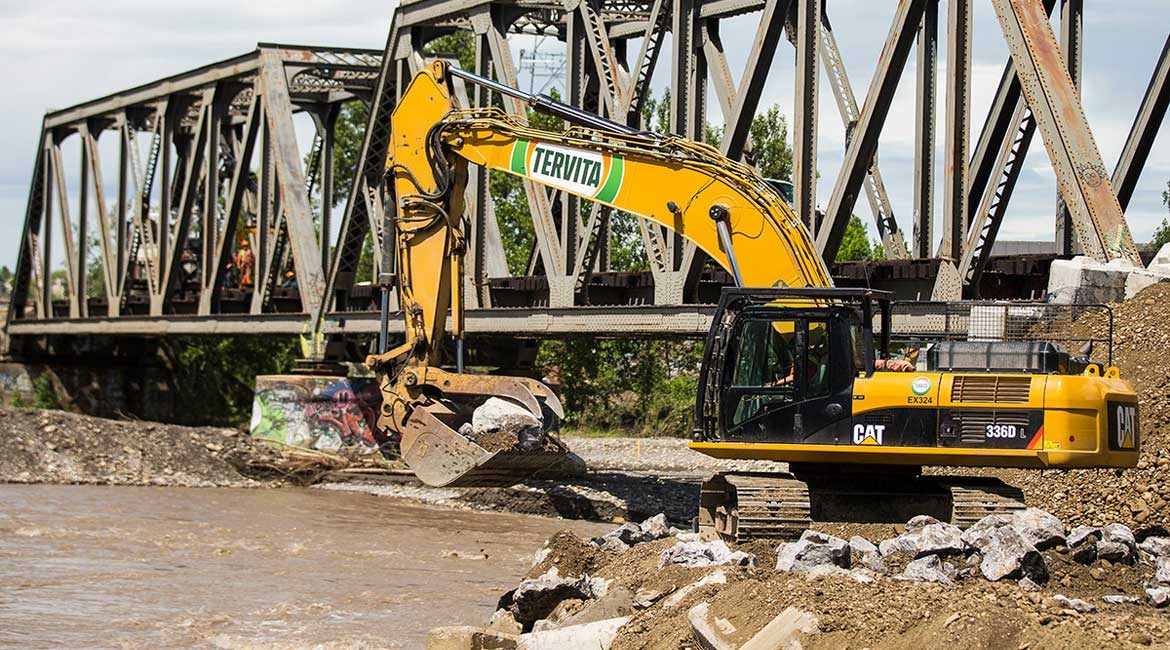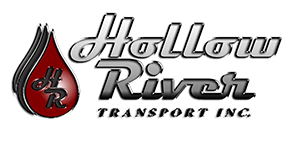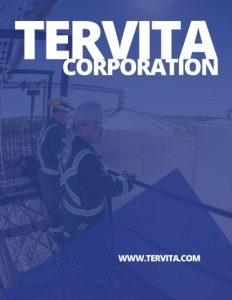Business View Magazine interviews Duane Burkard, VP of Energy Services for the Tervita Corporation, as part of our series on the Canadian energy sector.
Tervita Corporation provides environmental solutions to natural resource and industrial customers across Canada. The company offers services in the areas of waste processing and disposal, oil recovery and marketing, civil and environmental construction, demolition and decommissioning, and remediation and reclamation. It serves oil and gas, mining, industrial, and government clients.
The company was originally founded in 1979, by David Werklund and Gordon Vivian, as Concord Well Servicing with a single service rig for servicing oil and gas wells in northern Alberta. In 1984, Canadian Crude Separators (CCS) was developed in order to provide custom emulsion treating services for the company’s oil producing clients. “Most of the time, oil production is in the form of emulsion and needs to be further processed to be refining/pipeline quality,” explains Duane Burkard, Tervita’s Vice President of Energy Services. “It contains saline water and potentially other particulates and contaminants. So, it needs to be treated to meet the refiners’ specifications. Producers didn’t always have their own facilities in place to treat their emulsion. So there was a need for a third party, such as CCS, to provide that service.”
Over the next several years, the company grew both organically and by acquisition, developing new technologies, offering more services, and expanding its geographic footprint. “Up until 2012, through acquisition and building other businesses, we had 12 branded companies,” says Burkard. “Sometimes our customers didn’t know that the people they were working with and the services they were receiving were part of the same company because we were branded differently. So, Tervita was the result of taking those 12 smaller, independent divisions of CCS and renaming and rebranding as Tervita – one new company but with all the same people, the same services, and the same offerings.”
The name Tervita comes from the Latin words terra, meaning earth, and vita, meaning life. Together they signify a dynamic brand, committed to safety, efficiency, and regulatory stewardship while minimizing impact and maximizing returns for clients and partners. Today, Tervita has over 1,000 employees and does most of its business in the WCSB – the Western Canadian Sedimentary Basin. The WCSB underlies 540,000 square miles of Western Canada including southwestern Manitoba, southern Saskatchewan, Alberta, northeastern British Columbia, and the southwest corner of the Northwest Territories. It consists of a massive wedge of sedimentary rock extending from the Rocky Mountains in the west to the Canadian Shield in the east. The WCSB contains one of the world’s largest reserves of petroleum and natural gas and supplies much of the North American market. It also has huge reserves of coal. Of the provinces and territories within the WCSB, Alberta has most of the oil and gas reserves and almost all of the oil sands.
“We’re structured into two divisions,” says Burkard, explaining Tervita’s current makeup. “We have an Energy Services division and that mainly targets the oil and gas generators on their upstream operations – their drilling and completion activities, their production activities, right up to the refinery door. That is our largest division and the core of the company. Within Energy Services we have the Waste Processing group, which includes industrial landfills, and cavern facilities, as well as treatment recovery disposal facilities that process emulsion and oil field waste. We also have an Energy Marketing arm that markets oil to refiners on behalf of customers. “Our other division is the Industrial Services division. It’s typically a downstream service provider and the business units within that division provide reclamation and restoration work. There is a Metals Recycling group that handles scrap iron and metal recycling, a Waste Services group, and an Environmental Services team, all of which offer services to both upstream and downstream producers in the WCSB area.”
In a competitive industry, Burkard believes that Tervita has several advantages. “Number one is our geographic location,” he states. “We position our facilities and our service offerings in the same core areas in the WCSB as our customers/producers do. So, we’re close to their operations. Transportation is a big component in their cost of dealing with their oilfield byproducts; being close to the core of their operations is a competitive advantage.
“The second advantage is that we were one of the first ones in the business. We have a lot of technical expertise and long-term operations staff out in the field that run a very efficient operation, which means a higher level of customer service and value. Our customers’ product is processed efficiently, safely, and within regulatory compliance. Also, we typically invest our capital in the same areas our customers are investing in. That means we are business partners with our customers – not just a service provider. For example, a lot of our customers are investing heavily in the Montney and Duverney production area in western Canada and, therefore, our expansion plans are to be there as well; to expand either current facilities or look at new development opportunities to meet their needs and demands.”
Burkard highlights Tervita’s focus for the next several years: “We will continue to manage our costs to remain competitive and provide the best overall value to our customers. It’s not always about low cost; it’s about providing the best value in return for our clients’ investment. Moving forward, we will remain focused on going beyond simply being a service provider to our clients to building mutually beneficial long-term partnerships.
AT A GLANCE
WHO: Tervita Corporation
WHAT: An environmental solutions provider to natural resource and industrial clients
WHERE: Calgary, Alberta
WEBSITE: www.tervita.com
PREFERRED VENDORS
DIG DIGITAL?

May, 2017 Issue



